Reminiscing in Tempo
*
Memories and Opinion
_____
“Reminiscing in Tempo” is part of a continuing effort to provide Jerry Jazz Musician readers with unique forms of “edu-tainment.” Every month (or as often as possible), Jerry Jazz Musician poses one question via e mail to a small number of prominent and diverse people. The question is designed to provoke a lively response that will potentially include the memories and/or opinion of those solicited.
Since it is not possible to know who will answer the question, the diversity of the participants will often depend on factors beyond the control of the publisher. The responses from the people who chose to participate in this edition are published below with only minor stylistic editing. No follow-up questions take place.
_____
What do you remember about your first experience buying a record album or CD?
Originally published April, 2006
My first purchase of a jazz record was in the 40’s. I had worked my tail off scrubbing this handicapped woman’s floors to earn enough money to buy a Charlie Parker 78 record. I had heard him as a high school student (first year) on a juke box in Detroit, Michigan and said “Oh my God…who is that? I will do anything to hear that music again….anything.” So I got a few coins from this woman and beat it down to the record store in Detroit and found my first 78 record called Charlie Parker and his “Reboppers.” I will never forget that as long as I live. The thrill of my life. Changed everything for me….Can’t remember the label but it was a red label with one song on each side…..It was Bird…The greatest ever.
_________
Charlie Parker
*
________________________
My first real experience in buying jazz records was when I was 14 years old, after a friend played me Johnny Smith’s “Moonlight In Vermont.” I never heard guitar played that way before.
We didn’t have a record player. They were called Hi-Fi’s in those days. Fortunately I always had a part time job or I earned money from some gigs, so I was able to buy a portable stereo and the first record I bought was the same Johnny Smith record my friend played for me. A few weeks later I was able to see Johnny play at Birdland. The very moment I saw him play, I knew that’s what I wanted to do the rest of my life, and I have.
__________
Moonlight in Vermont, by Johnny Smith
*
It was a 78 rpm by Bird, “KoKo,” and it changed my life. I wore out seven copies.
_________
(album jacket pictured is not likely the record Mr. Woods is referring to)
____________________________________________________________________
The first jazz record I ever bought was in 1964, when I was a sixteen-year-old high school sophomore. To my mind, the coolest guy in my little Midwestern high school was eighteen and an alto saxophonist who sounded like Lee Konitz. At least that’s what I decided a few years later after I had immersed myself in the music. In 1964, however, I simply knew that this young hot-shot was doing things on the saxophone much more elaborate than anything anyone in my high school was doing with a basketball or a football. I had no idea how he did it, but I knew that he was playing jazz. So I went to a record store with a larger collection than the usual, and I told the owner that I wanted to buy a jazz album. He gave me Shelly Manne and his Friends Play Modern Jazz Performances of Songs from My Fair Lady.
The friends were André Previn and Leroy Vinnegar. I think the owner was uncomfortable with jazz, or maybe he was uncomfortable with black people. As I recall, the display stand in the jazz section of his store showed the faces of Stan Kenton, Stan Getz, Terry Gibbs, and various other hip Caucasians. When I first bought a jazz record with a black musician on its cover (it was Miles Davis’s Birth of the Cool), I found it when I was out of town at a contest for high school bands.
I played cornet in the band, by the way. But this did not stop me from listening to that Shelly Manne LP over and over again and marveling at André Previn’s piano chops. Now that the album is out on CD and I’ve had my Proustian moments revisiting the music, I can still appreciate the scope of Previn’s improvisatory imagination, even if I now know that Previn was channeling Oscar Peterson, who was channeling Art Tatum.
The fact that Leroy Vinnegar, the trio’s bass player, was black certainly added a cachet to the music. And it gave me a certain prestige a few years later when many of my college peers considered The Doors to be the coolest rock group around. For at least a few years I dined on telling people that The Doors’ bass player (only on LPs, of course) was a black jazz guy whose records I was buying long before anyone had even heard of Jim Morrison. Those were the days.
As for the 18-year-old saxophonist who inspired me to begin my long affair with vinyl and its digital successors, he found religion a few years later and gave up the saxophone.
__________
Shelly Manne and his Friends Play Modern Jazz Performances of Songs from My Fair Lady
*
1948 — Charlie Parker 78 record size “Koko.” It was a thrill to save up some money and bring this music home with me.
_________
Charlie Parker
*







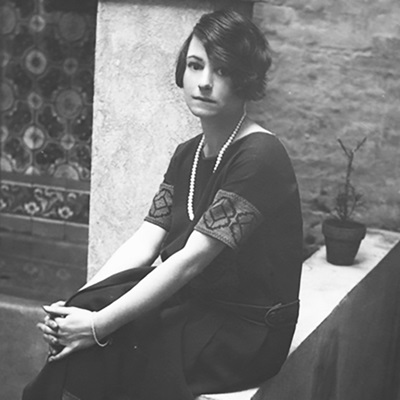



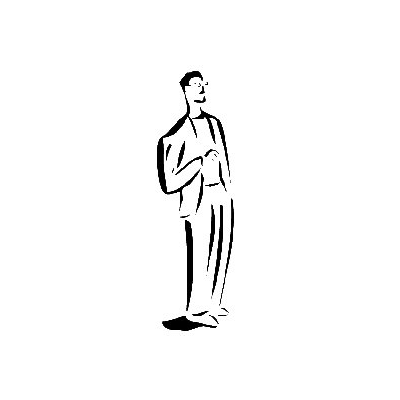
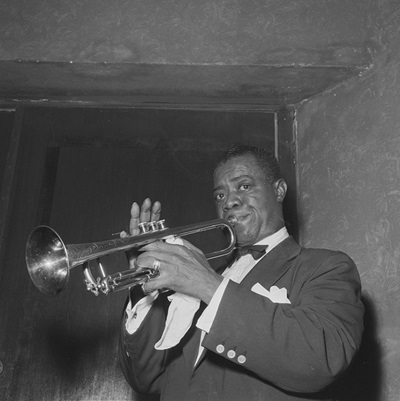
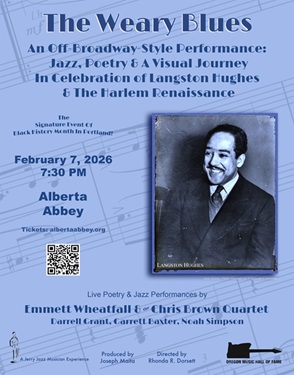

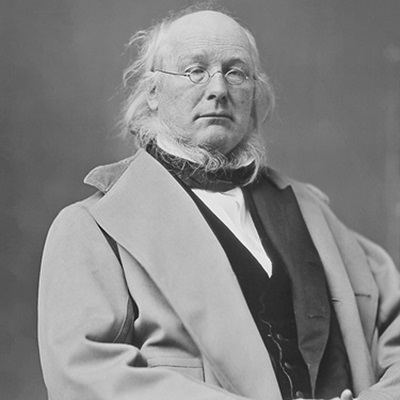



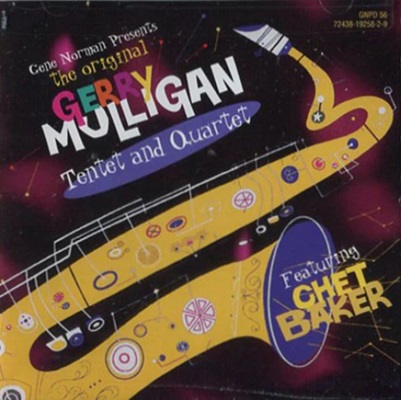

























Love this article. Not “knowing” any of these jazz musicians personally, it is interesting to hear their thoughts. Another interesting question would be, what was your first live music experience?
i was 13 years old, a kid in Los Angeles, accompanying my parents to a discount store called ‘White Front’ in the San Fernando valley. walking the aisles, I came to the music dept., and an album cover caught my eye: Crescent, with a picture of John Coltrane on the album cover. bought it, listened to it on my modest,basic,but serviceable stereo system at home, and have been hooked on jazz ever since.
Fred, that is impressive. I mean Crescent isn’t exactly an “intro to jazz” title. But, hey it worked. I remember White Front in San DIego where I grew up, early model for Target I guess. I believe my first jazz LP was Return to Forever’s “Hymn of the Seventh Galaxy”. My older cousin to me at age 16 (1974) to see them live at The Mainpoint, a small club in Philly. I never looked back.
My first jazz album was hardly unusual — “Kind of Blue” — but I bought it after hearing it being played in the record store…Blew me away…I took it to the counter with a Beatles album and I think an Elton John album (may have been his first). That visit to the record shop in Berkeley — Leopold’s circa 1970 — changed my life.